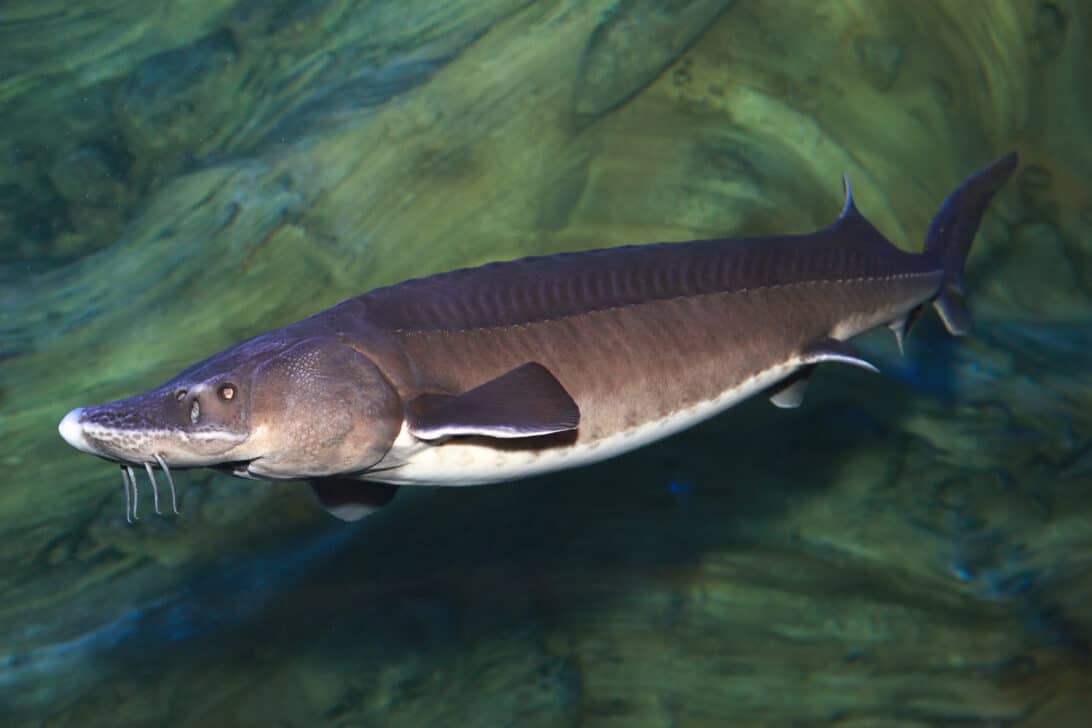In a recent study published in the journal Biology Letters, researchers have discovered that sound has a significant effect on the growth of certain beneficial micro organisms.
This groundbreaking research focused on Trichoderma Harzianum, a green microfungus known for its role in defending tree roots from pathogens. The findings revealed that exposing this fungus to sound resulted in growth rates seven times faster compared to those without sound exposure.
This study was conducted in a laboratory setting, where the researchers played specific sounds to the fungus and observed its growth patterns. The implications of these findings could be far-reaching if they can be replicated in natural environments. It suggests that sound could potentially be used as a novel tool to improve forest health by encouraging beneficial micro organisms to flourish.
The concept of sound influencing biological growth is not entirely new. Over recent years, scientists have been exploring various ecosystems, placing microphones in environments ranging from tropical rainforests to coral reefs. They discovered that there is often a strong correlation between the complexity of an environment’s soundscape and its biodiversity. Essentially, environments with more complex soundscapes tend to have more diverse and healthier ecosystems.
Additionally, the use of sound as a rehabilitation tool for damaged ecosystems has shown promising results. For instance, off the coast of Adelaide in Australia, researchers experimented with playing the recorded sounds of healthy oyster reefs in areas where the reefs had been decimated by overfishing. The sound recordings were successful in attracting new oyster larvae to these damaged areas, aiding in their recovery.
The recent study on Trichoderma Harzianum adds to the growing body of evidence that sound can play a crucial role in biological and ecological processes. As scientists continue to explore this intriguing link, the prospect of using sonic enhancement in ecological conservation and restoration efforts becomes an exciting possibility. This research not only sheds light on the hidden dynamics of the microscopic world beneath our feet but also opens up innovative approaches for environmental conservation and sustainable land management.
Subscribe
Sign-up to receive our newsletter





